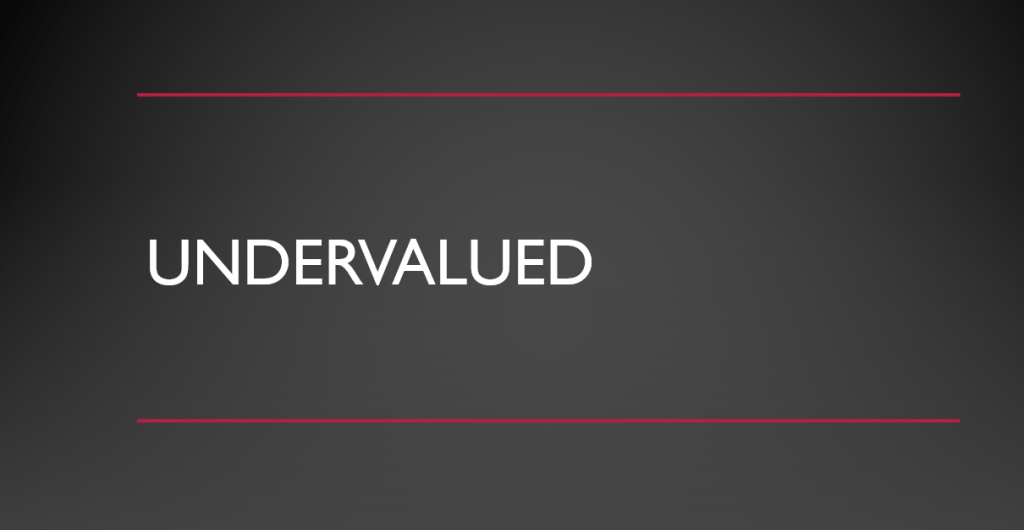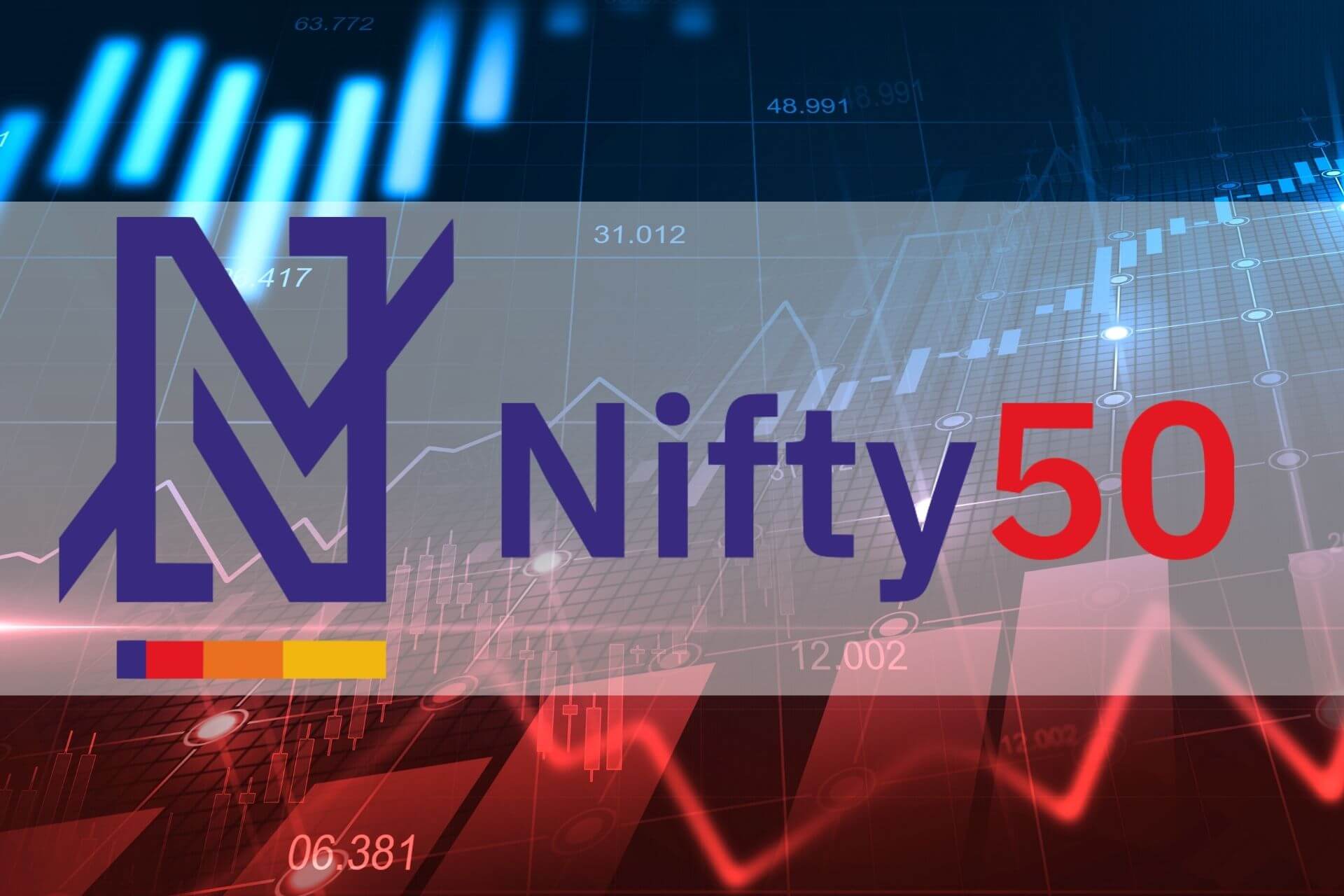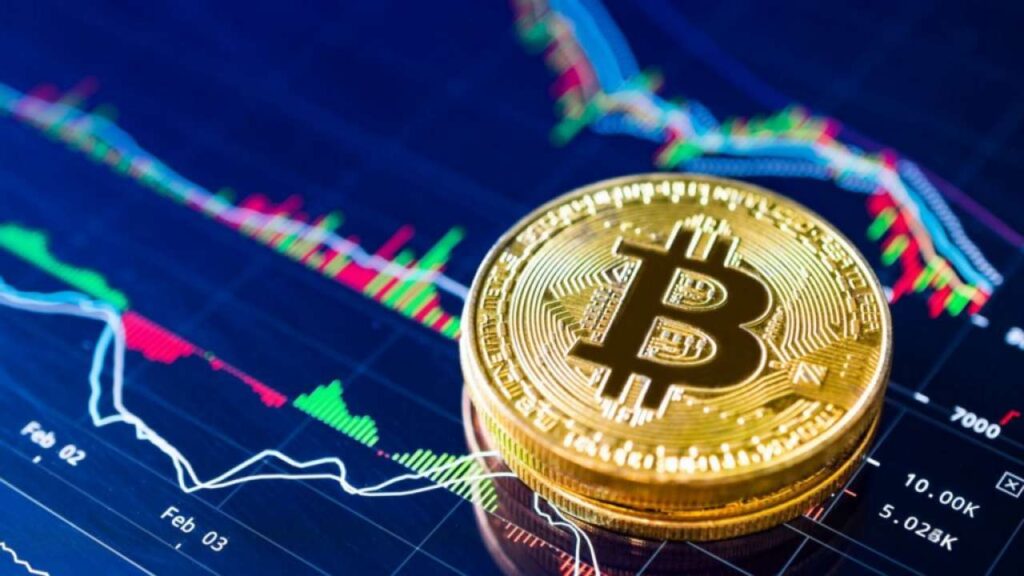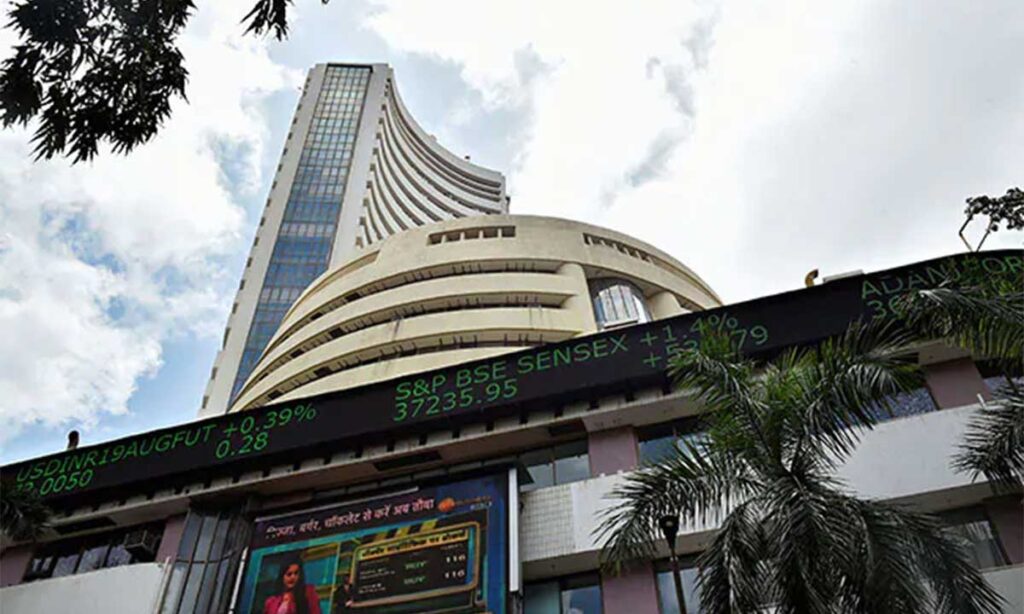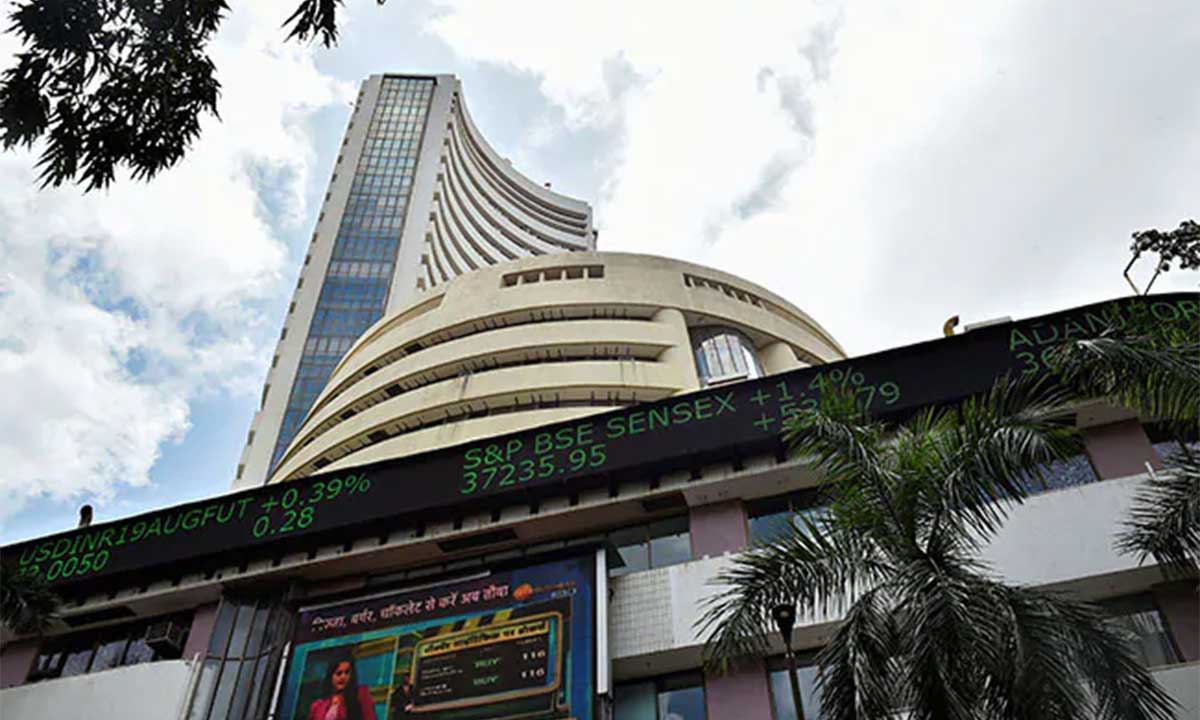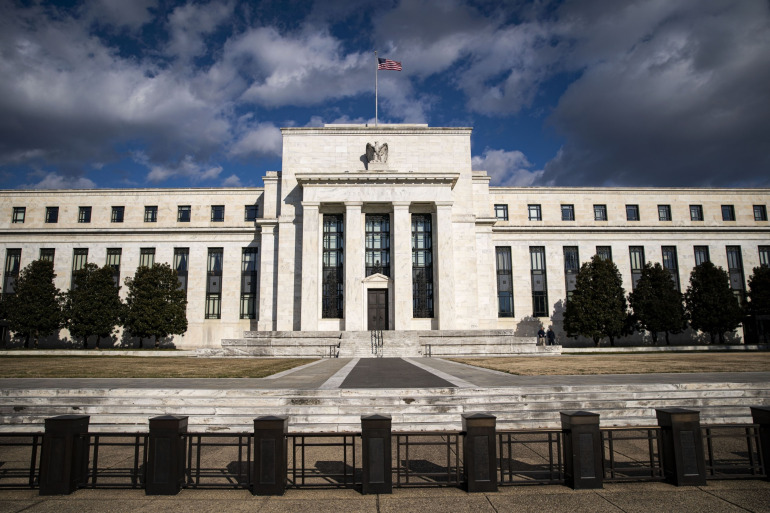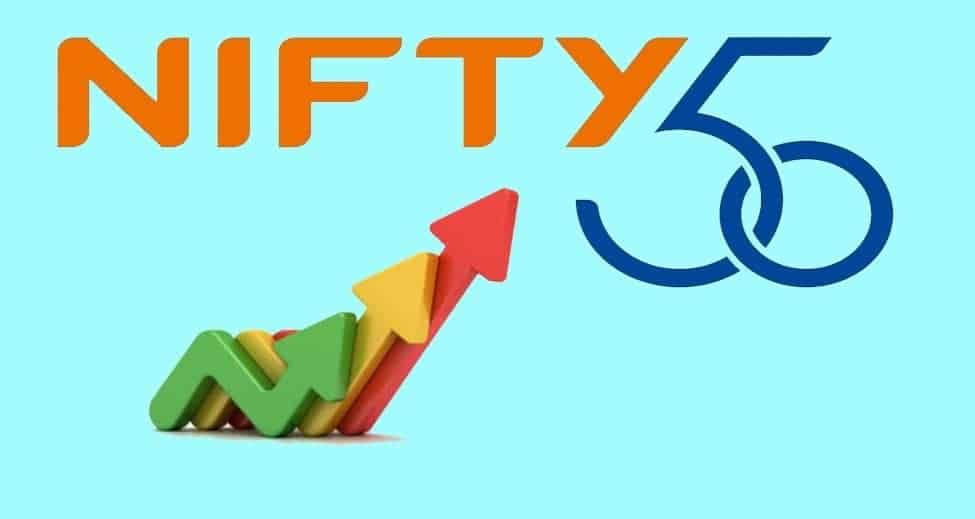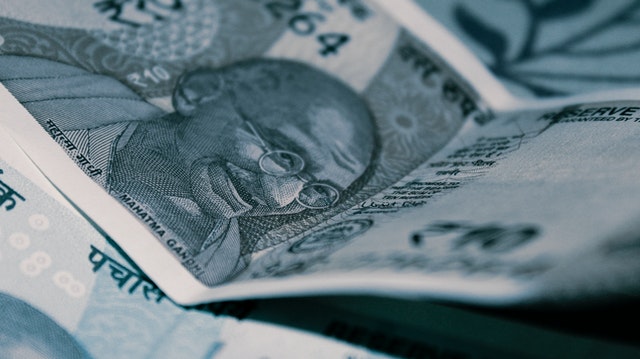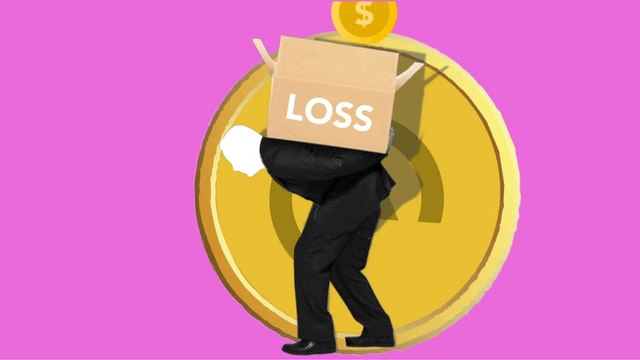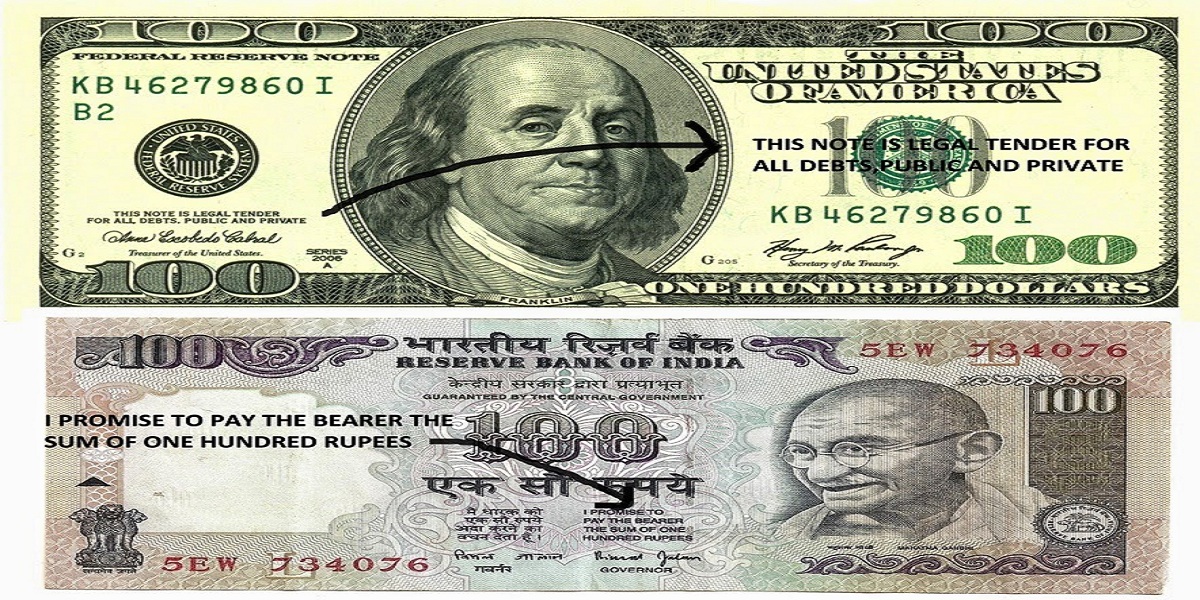
USD to INR Price and Forecast
USD to INR Price and Forecast is expected to go up in times to come. This is very important for you to hedge accordingly irrespective of the nature of your profession.
Please find the current USD to INR Price and forecast
Forecast by 2030 is of 100+.
Here INR is the Indian rupee and our currency.
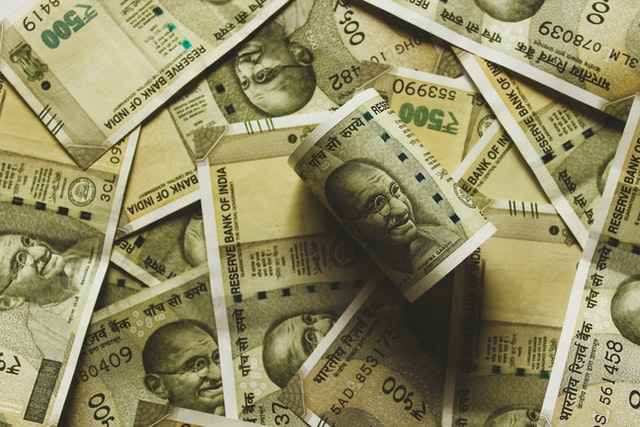
On the other hand, we have US dollar which is labelled as reserve currency of the world. Most of the trade in world happens in US$ and its price movement, majorly measured through Dollar Index decides the strength and weakness in major commodities like Nickel, Crude, Gold, Natural Gas, etc.
There are innumerable factors that influences the conversion rate of a currency like:
- Macroeconomic factors
Higher rank in terms of strength and efficacy of a country’s institutions and policy makers leads to lower yields. Effectiveness of government and its policy, its accountability and strength of the legal system—are qualitative measures of the degree to which a respective sovereign borrower can be expected to implement policies and measures that are consistent with sound management of the economy in general and of its debt obligations.
Health of a currency is directly proportional to the macroeconomic factors of a country. In the case of India, the reforms which started in 1991 are supplemented by key reforms like GST, Demonetization, NCLT, RERA, Jan Dhan, etc. which will be long term beneficial for India’s growth.
2. Inflation
India had significantly higher inflation in the last decade compared to US. It was hovering around 4-7% where in it was around 1-2% in US. Even now and in times to come, it is expected that inflation differential in between India and US will be around 5%. USD to INR Price and Forecast is expected to go up it by at-least the differential amount.

3. Interest Rates
When interest rates are kept at zero by US Fed, RBI in India has cut down the repo rate by 25 basis points to 5.15% from 5.75% in Aug’21. In the same line, the reverse repo rate was also reduced to 4.9% from 5.5%. This huge difference in interest rates speaks for two economies and hints at depreciating rupee in long term.
Our higher interest rates as compared to western world puts pressure on our currency.
4. Public Debt
As of Marcg’21, India’s external debt was placed at US$ 570.0 billion, recording an increase of US$ 11.5 billion over its level at end-March’20. The external debt to GDP ratio increased to 21.1 per cent at end-March 2021 from 20.6 per cent at end-March 2020.
Valuation loss due to the depreciation of the US dollar against Indian rupee and major currencies such as euro and pound sterling was placed at US$ 6.8 billion. Excluding the valuation effect, the increase in external debt would have been US$ 4.7 billion instead of US$ 11.5 billion at end-March 2021 over end-March 2020.
With the plans of government for this decade, public debt is expected to rise and will exert pressure on INR valuations vs US dollar.
5. Demand and Supply
Indian money is in demand not only from the domestic market (for any transaction), but also from foreign money that needs to enter the country (exchanging dollars or other currencies into rupees). If there is remittance, it is also in demand (earnings outside India flowing back through people working there, or foreign operations of Indian companies, or exports).
On the other hand, supply happens from RBI printing the money and when currency is leaving the country and being exchanged for dollars. It is also supplied when we import things as the price has to be paid in US$.
Over a long period of time, this equation will lead to net flow of dollar outside India at least till 2030 and will lead to INR depreciation. One of the major factor here is the import of Crude which is expected to double from current capacity by 2030-35 and will lead to pressure on INR.
6. Economic Growth
India is expected to grow at 10% this financial year, 2021-22. With better economic growth, there are investment avenues generated in the country which attracts foreign capital. Also, higher GDP growth lead to lower yields. First, government tax revenue increases leading to lower deficit and debt levels and gives better financial resources to service debt. Second, as we attract more foreign capital investment, which increases our US Dollar reserves, it allows us to service our debt easily.
7. Current and Fiscal Account Deficit
In the case of India, both of these are negative. Currently, fiscal deficit is around 6%. India’s current account balance recorded a deficit of $8.1 billion (1% of GDP) in the quarter ended March 2021 (Q4FY21) on the back of a higher trade deficit and lower net invisible receipts. Higher fiscal and current account deficit mean higher yields and pressure on currency.
8. Central Bank Intervention depending upon whether it’s a free market currency or fixed.
India’s currency exchange is free and market driven. However from time to time, there is intervention by central bank to absorb shocks but they don’t interfere with the free market dynamics and policies. Our currency has depreciated from 45 in 2011 to 75 in 2021, close to 67% in 10 years and the trend is expected to continue.
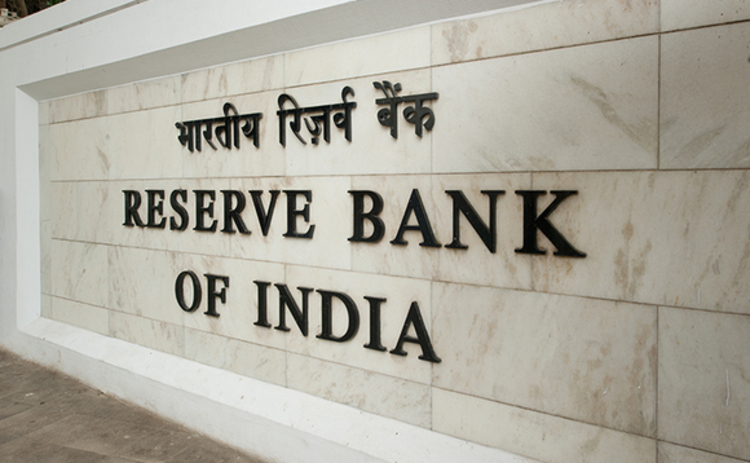
With above factors in consideration and most importantly, with no current plan by Indian Government to position INR in international trade as a big reserve currency for other countries, which could have protected its down side in case of depreciation, our prediction for USD to INR is 100+ by 2030.
For more updates on Forex and Bonds, Please find the link below :

